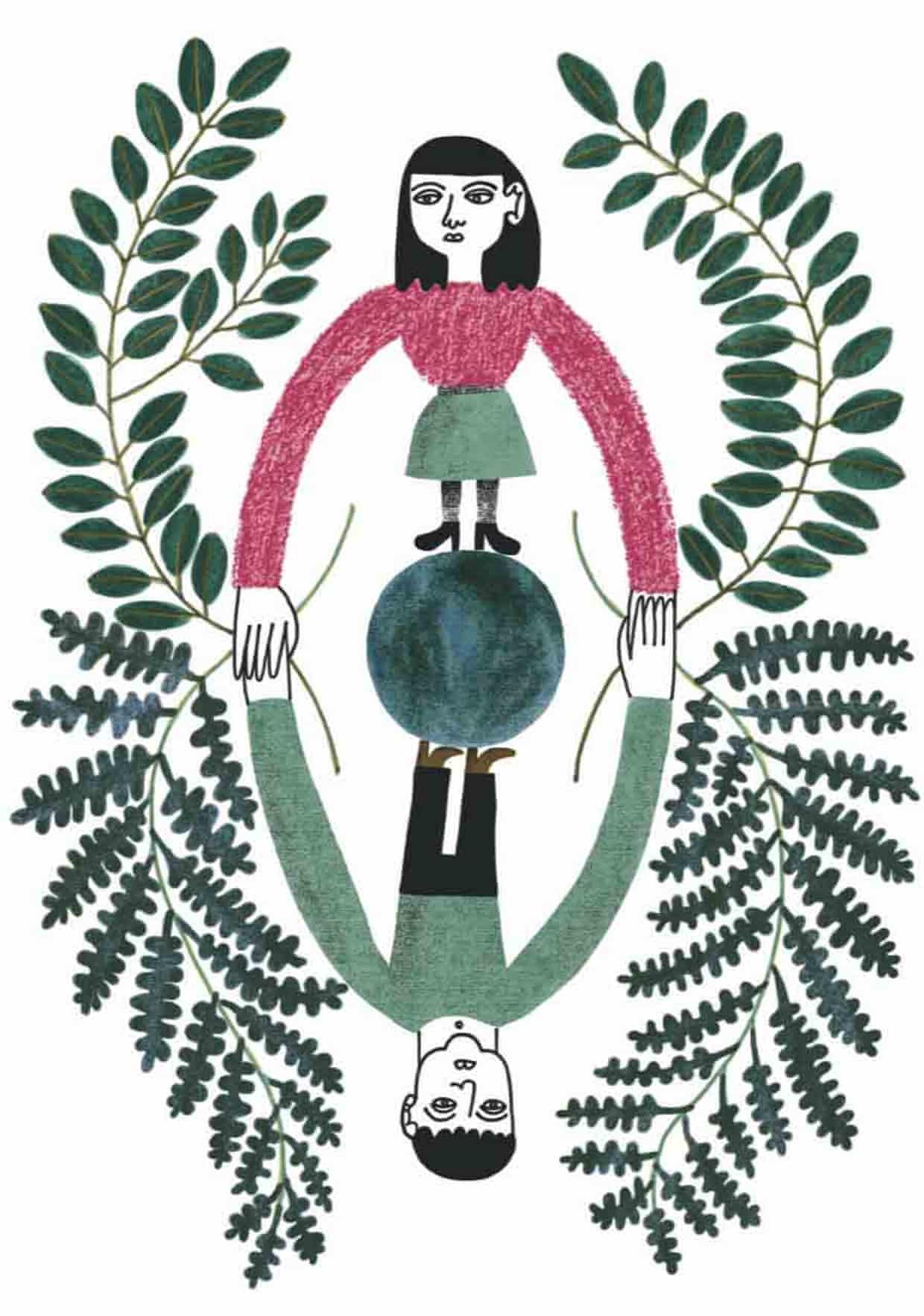Somehow I've always been disappointed with the two dimensional aspects of the pseudo-diagrams on prior books and articles in the space. If you go with something conceptual, perhaps try to capture a multidimensional systems/network feel? It's difficult to capture the ideas of serendipity and combinatorial complexity at play, but I'd love to see those somehow as the "sexier" ideas over the drab ideas people have when they think of their mundane conceptualizations of "just" notes.
Another idea may be to not go in the direction of the dot/line network map or "electronics circuit board route", but go back to the older ideas of clockworks, pneumatics, and steampunk...
By way of analogy, there's something sort of fun and suggestive about a person operating a Jacquard Loom to take threads (ideas) and fashioning something beautiful (https://photos.com/featured/jacquard-loom-with-swags-of-punched-print-collector.html) or maybe think, "How would John Underkoffler imagine such a machine?"
Now that I'm thinking about it I want a bookwheel (https://en.wikipedia.org/wiki/Bookwheel) next to my zettelkasten wheel!
 Illustration from WFlemming Illustration
Illustration from WFlemming Illustration
 illustration by Ewa Wiktoria Malec
illustration by Ewa Wiktoria Malec
